If I look out of the windows of the Hagley Library reading room, the long hill behind the building is covered in snow! Even though Wilmington, Delaware only received four inches of snow, my thoughts turned to sledding!
A little research led me to the fact that for almost a century, the iconic sled called the Flexible Flyer was produced in Philadelphia. The inventor of the Flexible Flyer didn’t start out inventing sleds, but instead began his career producing farm equipment.
Samuel Leeds Allen was born in 1841 in Philadelphia to a prominent Quaker family. As a boy, he divided his time between the Westtown School in Chester County, Pennsylvania, and his father's farm, Ivystone, near the community of Westfield, in Cinnaminson Township, New Jersey.
In the 1860s, Allen established the S.L. Allen Company in in Cinnaminson to manufacture lawn mowers and farm equipment. In 1866, Allen created his first original invention, the Planet Drill, a fertilizer drill with a wheel that reminded him of the rings of Saturn.
Later he developed a smaller version of that seed drill called the “Planet Junior.” Allen was awarded almost 300 patents for a wide range of farm implements.
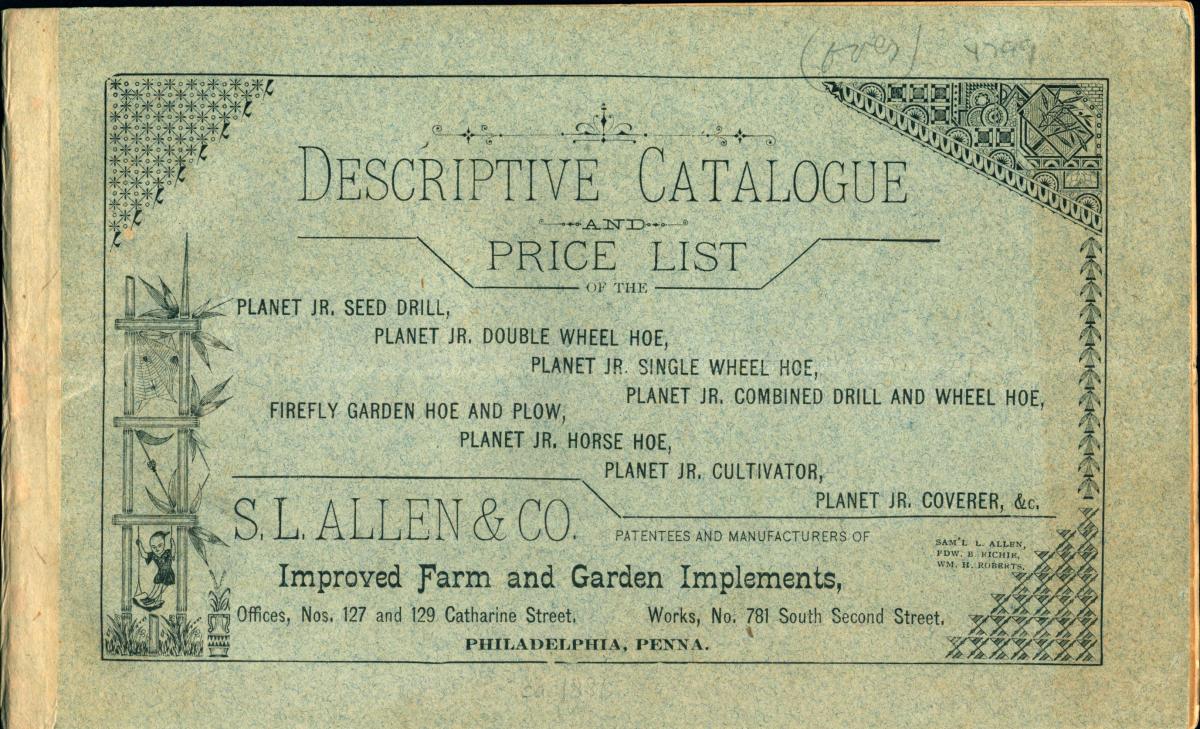
In 1881, Allen moved his business to a small building near 2nd and Chestnut in Philadelphia. Then in 1888, Allen moved once more to a nearby factory building at 5th Street and Glenwood Avenue. (Which, despite several fires, still stands today!)
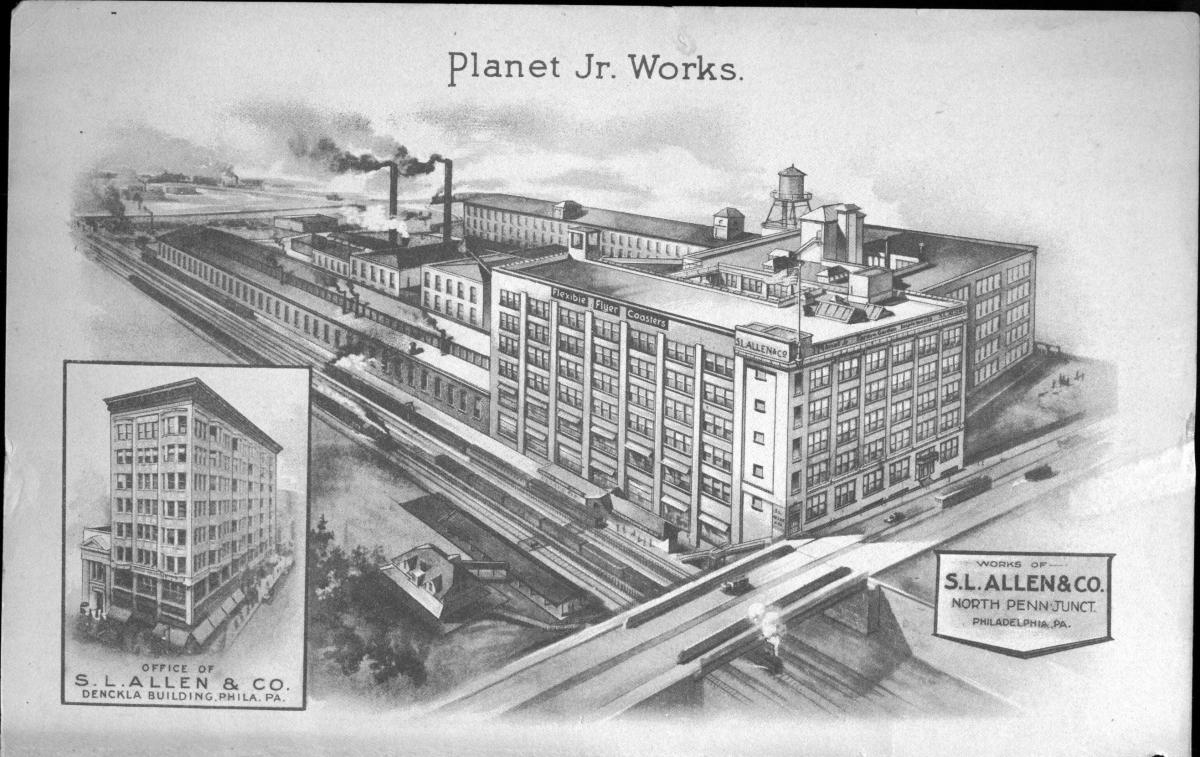
To diversify his product line and provide work to his employees during the winter, Allen wanted to produce a product that could be sold during the winter. His passion for sledding led him to develop a series of sleds and sled improvements.
He developed many prototypes, which he tested at the Westtown School and Ivystone before he created the sled we recognize today.
Allen was issued U.S. Patent number 408,681 on August 13, 1889, for the Flexible Flyer, the first steerable runner sled.
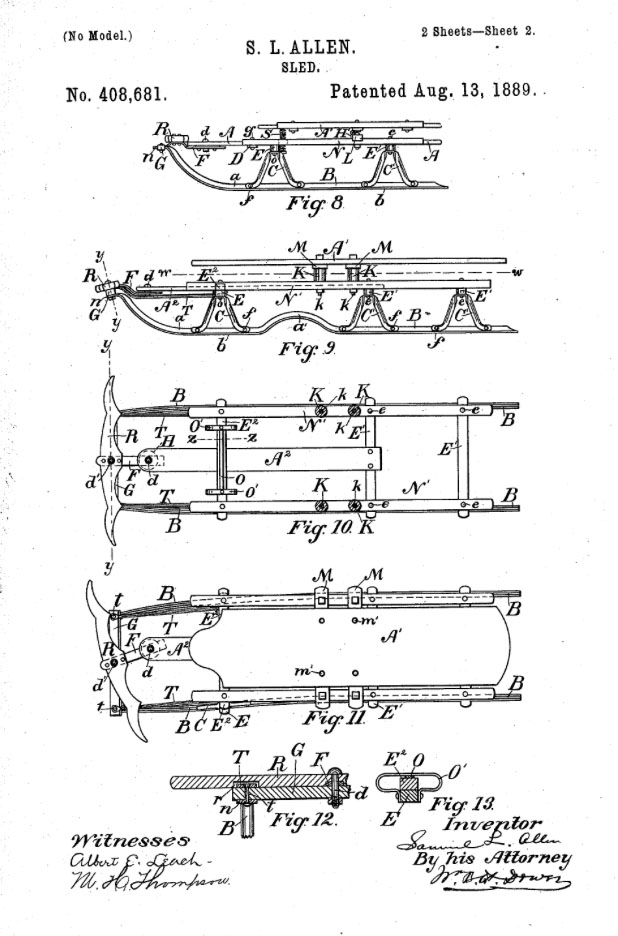
Flexible Flyer riders can sit up, or lie on their stomachs, steering the sled by pushing on the wooden cross piece with their hands or feet, or pulling on the rope attached to the wooden cross-piece. Shifting the cross-piece one way or the other causes the flexible rails to bend, steering the sled.
The Flexible Flyer was not an immediate success. The sled was rejected for years by retailers, but Allen believed in his product.
At the turn of the century, outdoor sports experienced a resurgence of popularity, and stores like Wanamaker’s in Philadelphia and Macy’s in New York began selling the Flexible Flyer. In 1915, around 120,000 Flexible Flyer sleds were sold, and almost 2,000 Flexible Flyers were sold in one day.
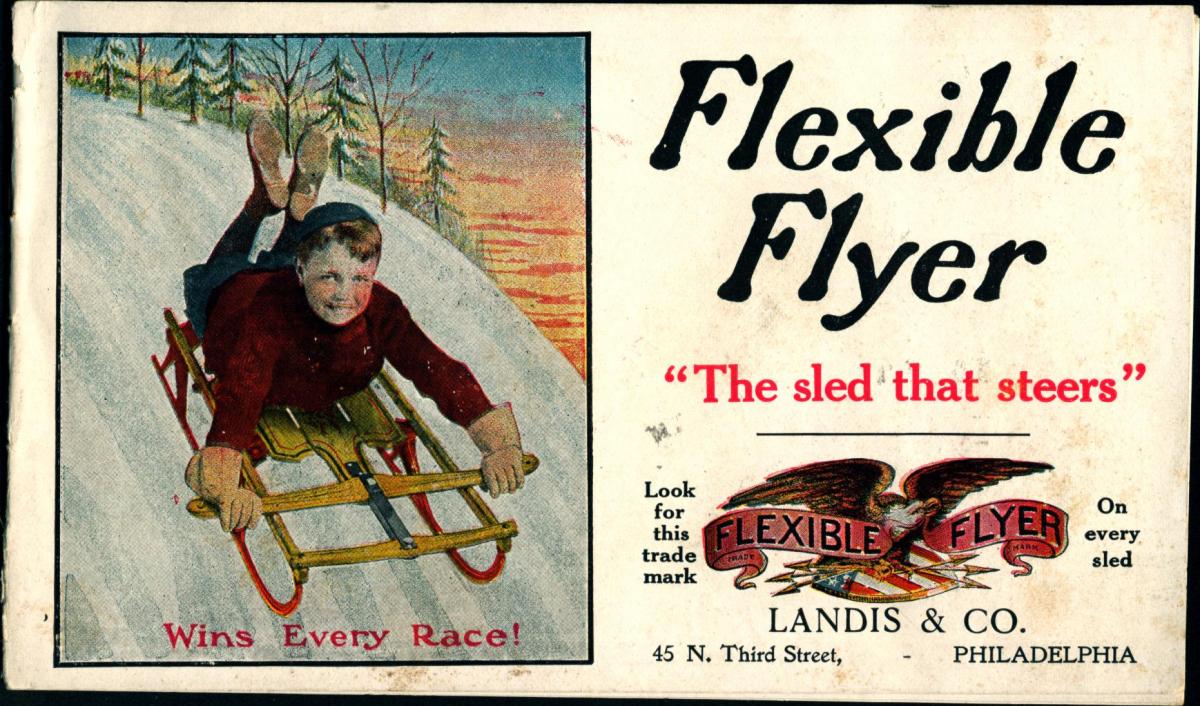

Samuel Allen passed away in 1918, but his company continued to grow. Improvements to the sled’s design were made in the 1920s and 1930s. The Flexible Flyer, with its iconic eagle logo, sold by the millions in the years before and after both World Wars.
By the 1950s the Flexible Flyer was as popular as ever, but S. L. Allen’s agricultural business was shrinking.
In 1968, the S. L. Allen Factory closed for good. The Flexible Flyer name was sold to Leisure Group of Los Angeles, and production was moved to Medina, Ohio.
In 1973, a group of private investors took over the company, and began producing sleds in Mississippi. In 1993, Roadmaster purchased the rights and production began in Olney, Illinois, and in 1998, production was moved to China.
Today, Flexible Flyers are still being produced, mostly in China though some are made in Maine, by Paricon, Inc., which owns the Flexible Flyer trademark.
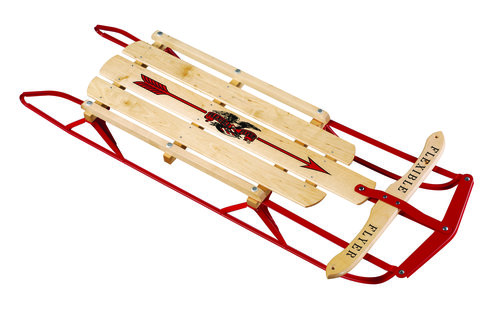
So when a heavy snow reaches you, whether you just purchased a new Flexible Flyer sled, or have an heirloom sled that has passed through many generations, put on your scarf, hat, and mittens, put some hot chocolate in a thermos, and head out to the nearest hill!
Linda Gross is the Reference Librarian at Hagley Museum and Library.
